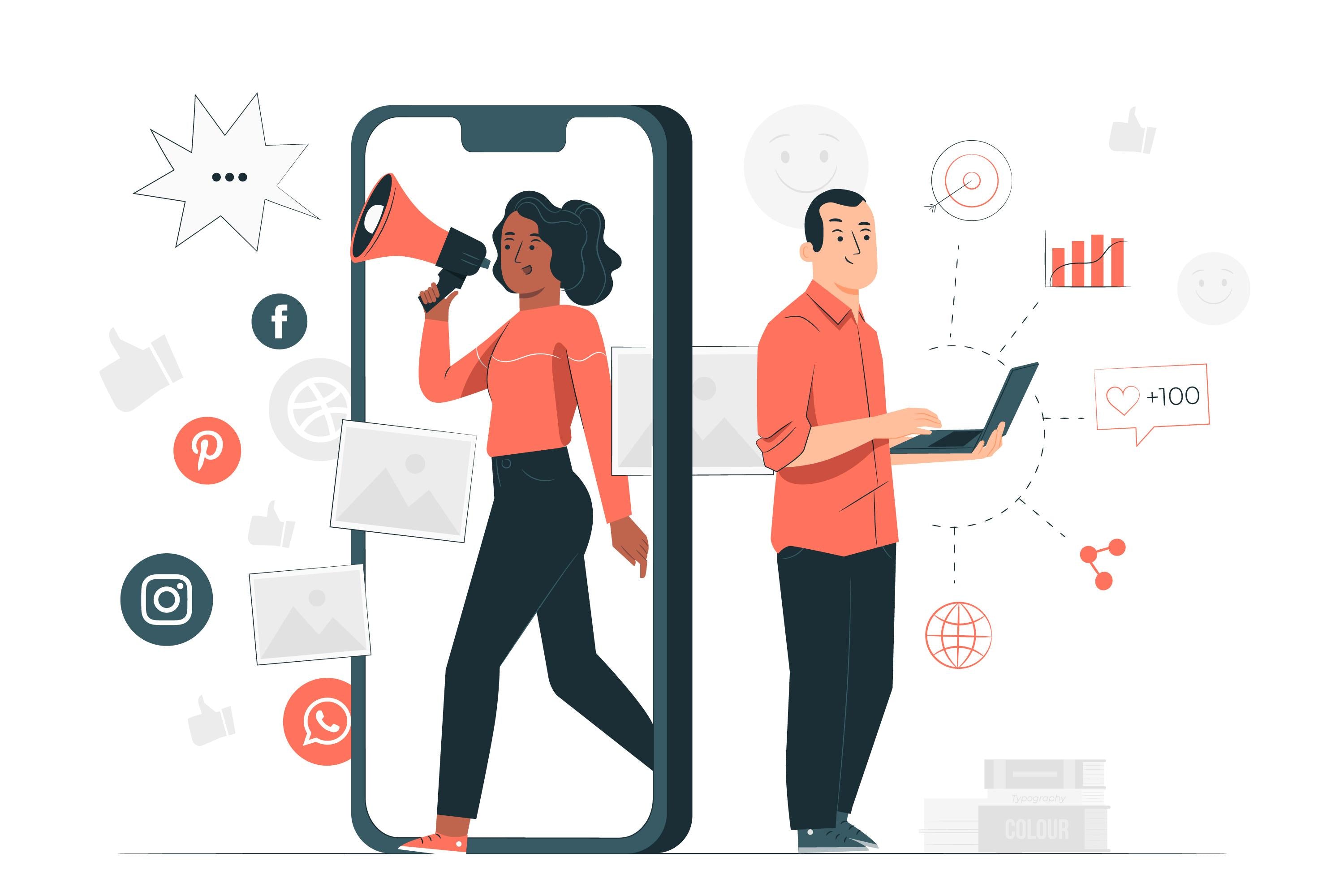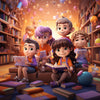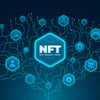The Art of 3D Modelling: Creating Visual Masterpieces for Animation and Marketing Success

3D models play a pivotal role in both animation and marketing, transforming the way stories are told and products are promoted. In animation, 3D models are the backbone of digital characters and environments, infusing life into the on-screen world. They enable seamless movement, lifelike expressions, and dynamic interactions that resonate with viewers on a profound level. Similarly, in marketing, 3D models allow brands to showcase products and services with unparalleled realism. The ability to visualize products from every angle and demonstrate their functionalities enhances customer understanding and fosters deeper engagement.
3D modelling plays a significant role in creating stunning visual masterpieces that elevate storytelling and brand identity. In the competitive marketing world, eye-catching visuals grab attention, leave a lasting impact, and influence consumer choices. Creating visual masterpieces with 3D modelling is the key to standing out and making a meaningful impression on audiences.
I. The Art of 3D Modelling
At the core of 3D modelling lies an intricate blend of technical expertise and artistic vision. The fusion of art and technology in 3D modelling allows for the creation of breathtaking, immersive worlds and characters that captivate audiences.
a. How creativity plays a crucial role in the process
Creativity is the beating heart of 3D modelling, driving innovation and pushing the boundaries of what is possible. The creative process involves brainstorming and exploring various ideas, seeking unique approaches to solve challenges, and infusing individuality into each creation. Whether it's crafting fantastical creatures or designing futuristic products, creativity fuels the creation of extraordinary 3D models that resonate with diverse audiences.
b. The impact of 3D models on storytelling and audience engagement
In the world of entertainment and marketing, storytelling is a powerful tool for connecting with audiences. 3D models enrich storytelling by giving characters depth and emotion, allowing them to convey complex narratives. In marketing, 3D models enhance brand stories, enabling brands to showcase their products in engaging and relatable contexts.
II. Realism and Innovation in 3D Modelling
In the pursuit of realism, 3D artists continuously refine their craft and embrace cutting-edge technologies. Photorealistic 3D renders blur the line between virtual and real, creating indistinguishable representations of objects and environments. Additionally, the use of high-resolution textures and materials enhances the level of detail, making 3D models nearly imperceptible from their physical counterparts.
a. Innovative techniques for creating lifelike 3D models
Achieving lifelike 3D models involves a combination of technical skill and innovative approaches. Character rigging and animation techniques allow for organic movements and expressions, breathing life into digital personas. The integration of artificial intelligence and machine learning further streamlines the modelling process, automating repetitive tasks and freeing artists to focus on creative decision-making. Embracing these innovative techniques empowers 3D artists to expand the boundaries of their art and produce unprecedented levels of realism.
b. Balancing realism with creativity for unique and captivating visuals
While realism is essential in 3D modelling, creativity ensures that each creation stands out as a unique work of art. 3D artists strike a delicate balance between adhering to real-world physics and unleashing their imagination. This artistic freedom allows for the creation of awe-inspiring creatures, breathtaking landscapes, and visually stunning environments. The ability to balance realism with creativity empowers 3D artists to tailor their visual masterpieces to the specific requirements of animation movies and marketing campaigns.

III. The Role of 3D Models in Animation Success
Animation movies rely on realistic 3D models to immerse viewers in captivating worlds and narratives. Through meticulous attention to detail, 3D artists create characters with personalities that leave a lasting impact on viewers, eliciting laughter, tears, and a sense of empathy. The integration of realistic 3D environments further enriches the storytelling experience, transporting audiences to extraordinary realms filled with wonder and awe.
a. Creating memorable characters and environments
Unforgettable characters lie at the heart of animation movies, and 3D modelling elevates them to new levels of memorability. Each character is carefully crafted to convey distinct traits and quirks, making them relatable and endearing to viewers of all ages. The environments, too, become more than just backdrops; they become a critical part of the narrative, creating the perfect ambiance for each scene.
b. Exploring the evolution of 3D models in animation
The journey of 3D models in animation has been one of continuous evolution and advancement. Technological breakthroughs have driven the development of more sophisticated software, enabling faster and more realistic renderings. As 3D modelling tools continue to evolve, animation movies are poised to reach new heights of visual storytelling and artistic expression.
IV. Leveraging 3D Models in Marketing Campaigns
In today's competitive market, capturing the attention of potential customers is crucial for any brand's success. 3D assets have proven to be a game-changer in marketing materials, providing a cutting-edge advantage over traditional 2D visuals. With photorealistic 3D renders, brands can showcase their products or services in ways that were previously unimaginable. Whether it's a sleek product image or an architectural visualization, 3D assets enhance the overall aesthetics and appeal of marketing materials, leaving a lasting impression on the target audience.
a. Utilizing 3D Models for Product Visualization and Demonstration:
Visualizing and demonstrating products effectively is a key aspect of successful marketing campaigns. 3D models provide the perfect solution, allowing brands to showcase their products from every angle, highlighting intricate details and functionalities. Whether it's a new consumer gadget, a piece of furniture, or an industrial machine 3D models enable potential customers to immerse themselves in the product experience. By providing a virtual touch-and-feel experience, brands can build confidence and trust in their products, leading to higher conversion rates and customer satisfaction.
b. How 3D Models Elevate Branding and Customer Engagement:
In the digital age, brand engagement is a driving force behind successful marketing campaigns. 3D models play a pivotal role in elevating branding efforts by providing a consistent and visually striking brand representation. Brands can use custom-made 3D assets to create memorable characters or mascots that become synonymous with their identity. Additionally, interactive 3D content, such as augmented reality (AR) experiences, allows customers to engage with brands in a whole new way. By integrating 3D models into social media campaigns, websites, and mobile apps, brands can foster a deeper connection with their audience, leading to increased brand loyalty and advocacy.

V. Engaging Visuals for Interactive Marketing Content
As consumers become more tech-savvy and demand immersive experiences, interactive 3D content has emerged as a powerful marketing tool. Brands can now create engaging interactive experiences, allowing customers to interact with 3D assets in real-time. Additionally, virtual reality (VR) experiences enable brands to transport customers to virtual worlds, immersing them in unique and memorable brand narratives.
a. Immersive Experiences through Interactive 3D Assets:
Interactive 3D assets add depth and interactivity to marketing content, creating memorable and impactful experiences for customers. Whether it's a product demonstration, a virtual tour of a property, or an interactive game, these assets offer a level of engagement that static visuals cannot match. Brands can leverage the power of storytelling through interactive 3D models, allowing customers to be active participants in the brand's narrative. As a result, customers develop a stronger emotional connection to the brand, leading to increased brand loyalty and advocacy.
b. The Future of Marketing with Interactive 3D Models:
Looking ahead, the future of marketing is undoubtedly intertwined with interactive 3D models. As technology continues to advance, brands will have even more opportunities to engage their audiences in innovative ways. From integrating augmented reality (AR) experiences in physical spaces to incorporating virtual try-on for fashion and beauty products, interactive 3D models will be at the forefront of customer engagement. Brands that embrace this trend will not only stand out in the market but will also be better equipped to cater to the evolving demands of their customers.
VI. Uniting Creativity and Practicality: Collaboration in 3D Modelling
While individual creativity is essential in 3D modelling, successful projects often rely on effective teamwork. By combining the expertise of 3D artists, animators and designers can overcome challenges, explore new ideas, and create 3D models that are both visually stunning and technically sound.
Clear and effective communication between 3D artists and clients is the cornerstone of successful 3D model creation. Understanding the client's vision, goals, and requirements is essential to tailor the 3D assets accordingly. Regular updates, feedback sessions, and open channels of communication ensure that the project stays on track and aligns with the client's expectations. By embracing feedback as an opportunity for growth, the collaborative process becomes more dynamic, resulting in 3D models that exceed expectations.
VII. Expanding Horizons: 3D Models Beyond Animation and Marketing
In addition to animation and marketing, the applications of 3D models extend far beyond, finding utility in various industries. Let's delve into some of the sectors that have embraced the power of 3D modelling to enhance their processes and outcomes.
i. Medical and Healthcare:
3D models have become invaluable tools in the medical field, aiding in surgical planning, medical education, and patient communication. From intricate anatomical models to patient-specific organ replicas, 3D modelling enables medical professionals to gain deeper insights and deliver better patient care.
ii. Automotive and Manufacturing:
In the automotive and manufacturing industries, 3D models are pivotal in product design and prototyping. Engineers and designers leverage 3D assets to visualize and refine complex components, leading to improved efficiency, reduced production costs, and enhanced product quality.
iii. Interior Design and Architecture:
Architects and interior designers use 3D models to create immersive visualizations of spaces and structures. 3D modelling allows clients to experience architectural designs in a realistic manner, facilitating better decision-making and effective communication during the design process.
iv. Education and E-Learning:
3D models are powerful educational aids, enabling interactive and engaging learning experiences. In e-learning environments, 3D assets can simulate historical events, scientific phenomena, and intricate concepts, making complex subjects more accessible and enjoyable for learners.
a. 3D models in architecture, gaming, and virtual reality
i. Architecture:
In the field of architecture, 3D models serve as a bridge between the abstract and the tangible. Architectural visualizations aid in presenting designs to clients, while virtual reality (VR) applications allow stakeholders to virtually walk through buildings, offering a realistic preview of the final outcome.
ii. Gaming:
The gaming industry has fully embraced 3D modelling to create immersive virtual worlds. 3D assets bring characters, environments, and objects to life, delivering stunning visuals and enhancing the gaming experience.
iii. Virtual Reality (VR):
VR applications heavily rely on 3D models to create lifelike and interactive environments. Whether for training simulations, virtual tours, or gaming experiences, 3D modelling plays a central role in delivering captivating VR content.
b. The versatility of 3D assets in diverse applications
The versatility of 3D assets knows no bounds, transcending industries and applications. Here are some ways 3D models are used across diverse sectors:
i. Product Visualization:
From showcasing new products to providing realistic visualizations of existing ones, 3D models enable brands to present their offerings in a compelling and attractive manner.
ii. Advertising and Marketing:
3D models breathe life into marketing campaigns, facilitating the creation of eye-catching visuals and dynamic animations that leave a lasting impression on audiences.
iii. Prototyping and Manufacturing:
In product development, 3D models enable rapid prototyping and facilitate the testing of designs before physical production, streamlining the manufacturing process.
iv. Film and Entertainment:
In addition to animation movies, 3D models play a significant role in visual effects for live-action films and creating immersive worlds in virtual reality experiences.

VIII. Conclusion
Throughout this blog, we have witnessed the immense significance of 3D modelling in animation and marketing. From captivating visuals to enhanced storytelling, 3D models have become indispensable assets in these creative realms.
When it comes to personalized and high-quality 3D models, MY3DModels stands out as a leading provider. Their expertise in creating customized 3D assets caters to individual project requirements, ensuring stunning results for clients across various industries. MY3DModels' ability to customize 3D assets to suit unique project needs adds immeasurable value to the creative process.
Whether you are an aspiring 3D artist, a brand looking to elevate your marketing campaigns, or a professional seeking innovative solutions, 3D modelling has something remarkable to offer. Embrace the power of 3D models, celebrate their impact on animation and marketing success, and unlock a world of boundless creativity with MY3DModels by your side.




